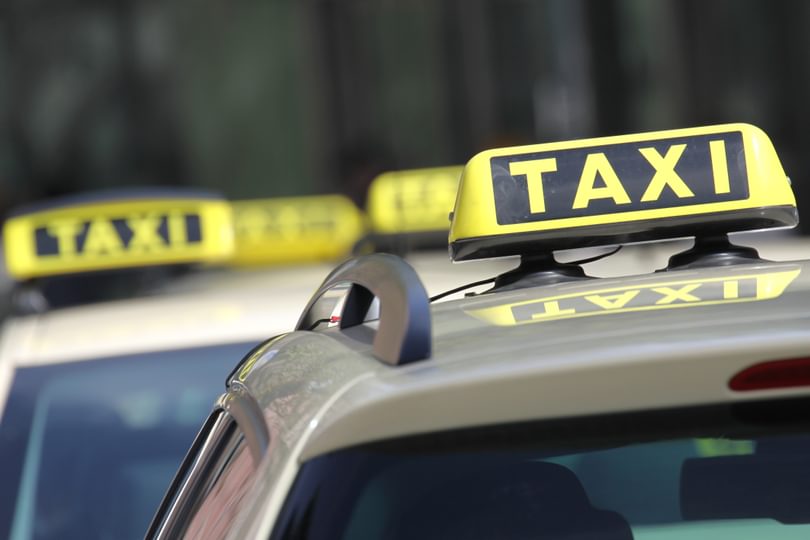
A new working paper from the Oxford Martin School provides the first evidence of the impact of the ‘sharing economy’ phenomenon on jobs and wages in the most exposed industry: taxi services.
Looking at the impact of Uber’s rollout across U.S. cities, authors Carl Benedikt Frey, Thor Berger and Chinchih Chen found that while the introduction of the platform had not led to jobs being lost, it had caused a reduction in the income of salaried drivers.
They found that on average the number of self-employed taxi drivers in a city went up by almost 50 per cent after Uber was introduced, driving wages down by an average of 10 per cent among salaried drivers, compared to cities where Uber remained absent.
The study, Drivers of Disruption? Estimating the Uber Effect, studied the impact of Uber on taxi drivers over the period 2009 to 2015, using data on the rollout of Uber across cities and from the American Community Survey (ACS), the leading source of information on the U.S. workforce.
Dr Frey, Oxford Martin Citi Fellow and Co-Director of the Oxford Martin Programme on Technology and Employment, said the data provided the first hard evidence of the impact of the ‘sharing economy’ on jobs.
“Uber is the flagship of the sharing economy,” he said. “But what our study shows is that even in one of the sharing economy’s most exposed industries, traditional jobs have not been displaced.
“While some have seen a loss in income, Uber has created more jobs than it has destroyed, demonstrated by the staggering expansion of self-employment following its introduction.”
The study found that:
• After the introduction of Uber, self-employment in taxi services rose by 50%
• The number of hours worked increased among both salaried and self-employed taxi drivers
• Even traditional taxi services experienced growing employment after the introduction of Uber
• Salaried drivers saw their incomes decline by 10% following the introduction of Uber
• Uber drivers typically earn more per hour than their counterparts
• In wider economic terms, part of the decline in incomes among drivers in traditional taxi services was offset by an expansion of business income among self-employed drivers
Dr Frey continued: “The spread of Uber has increased competition in taxi services, contributing to lower overall incomes for taxi drivers, and a redistribution of income from payroll taxi services to self-employed drivers.
“The higher hourly earnings among self-employed drivers suggest that capacity utilization, in terms of the time spent in the car with a passenger, has increased with Uber, as its platform allows for better matching between drivers and passengers. But for traditional taxi drivers the effect has been the opposite, with a decline in the amount of time they have a passenger in their vehicle.”
Dr Frey said that while the findings could not be generalised across other countries, they raise questions about efforts being made – in parts of Europe and elsewhere – to ban or restrict the adoption of Uber. “Further research is required to guide policy making surrounding Uber and the sharing economy,” he concluded.
- Read the working paper: Drivers of Disruption? Estimating the Uber Effect